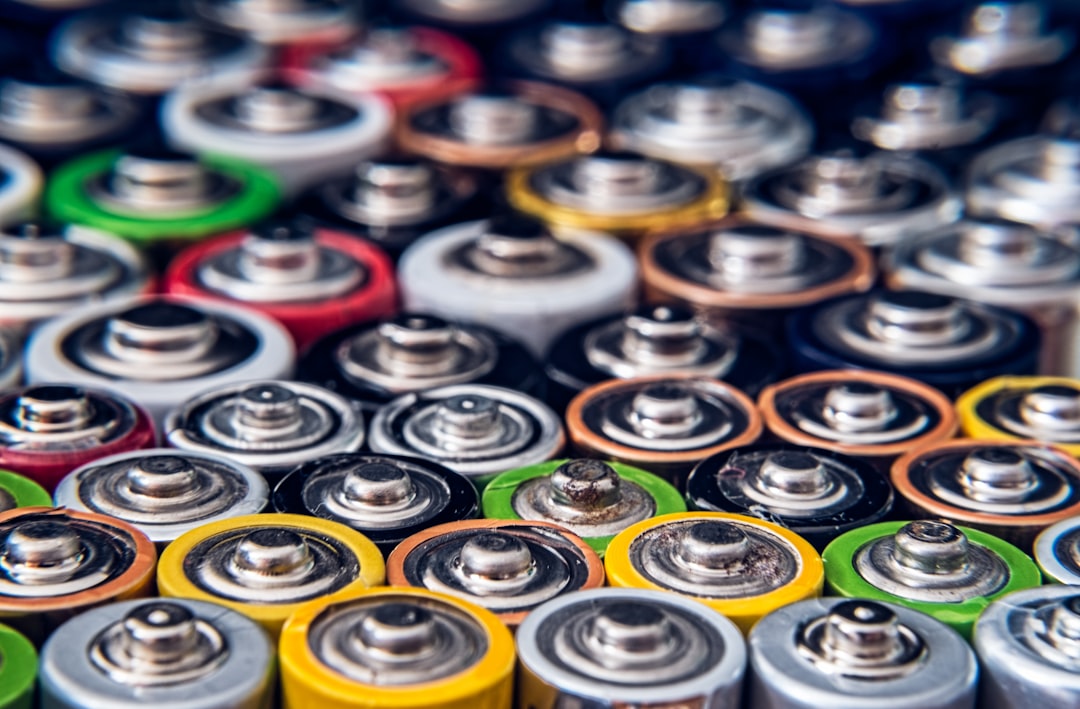What is it about?
We reported on the synthesis of functionalized silica gel with 3-chloropropyl (R1); 3-Iminodiacetate (R2) and 3-iminodiacetic (R3). In addition, we fully characterized R2 and R3 regarding several properties by different approaches, including experimental studies. Theoretical calculations employed to study R3 are in agreement with the FTIR analyses in terms of the most important frequencies hence suggesting that the quantum chemical studies are correctly set. This study demonstrated the use of modified silica gel R3 for recovery metals at slightly acid solutions, which is useful in continuous cycles of adsorption, desorption, and provide an alternative method from industrial effluents using the batch adsorption procedure like third treatment of the industrial processes.
Featured Image
Why is it important?
Chile is one of the major mining productor in the world, and at present with large reserves of copper, lithium, iodine, gold, silver, molybdenum and natural nitrates from other metallic and non-metallic minerals in its territory. The objective of this work is understand the coordination models of interesting metals on the iminodiacetic group (IDA) functionalized in silica gel (R3) because this systems exhibit a great potential for extraction and recovery metals ions of the first transition series from aqueous solution. IDA is a similar chemical structure of EDTA compound, that had been employed in analitycal applications. Density functional theory (DFT) was used to propose a coordination model for metals (Cu2+ and Ni2+) allowing for an analysis of the internal energy structure and the formulation of a criterion to discern the coordination formula. The ground state geometrical and electronic structures were determined, the electronic excitations were calculated via Time-Dependent DFT and a detailed theoretical study of the energy decomposition analysis (EDA) of the different models proposed was performed, using the Morokuma-Ziegler methodology.
Perspectives
The main focus of the present manuscript is not the synthesis of R3 per se, but the understanding of the geometrical distribution of iminodiacetic group (IDA) on the inorganic support, the correlation of the principal structural vibration and the coordination models of the metals on the iminodiacetic group (IDA) functionalized on the silica gel (R3). Quantum mechanics methods are a worthy tool to study different systems and their molecular properties since they allow to explore geometry and electronic structures which can guide an experimental approach. These immobilized inorganic supports may be employed as third treatment of wastewater of the mines processes of the Chilean copper refinery (CODELCO-VENTANA) and decrease of the allowed concentration levels of aqueous Cooper (II), implementing a modification of inorganic supports containing in fluidized bed reactor. The use of R3 and its theoretical studies with other d-transition metal complexes will be the subject of further research. This work is an interdisciplinary study involving the academy (CENAP) and (Codelco-VENTANA; Chemical Pacifics) industries.
Dr Alexander Carreño
UNAB
Read the Original
This page is a summary of: DFT studies on coordination models for adsorption essays of Cu(II) and Ni(II) solutions in modified silica gel with iminodiacetic groups, Chemical Papers, December 2016, Springer Science + Business Media,
DOI: 10.1007/s11696-016-0022-6.
You can read the full text:
Contributors
The following have contributed to this page










